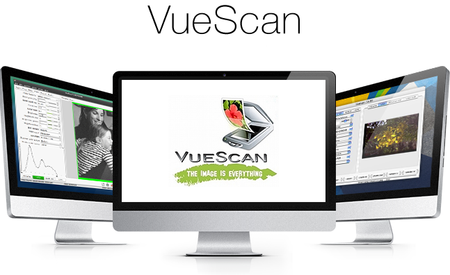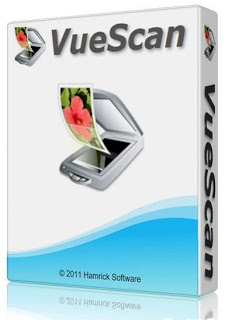

It boasts many useful features, such as the ability to restore faded images and use predefined color profiles for specific films – which will help make your scans appear more lifelike.
VUESCAN COST SOFTWARE
While most scanning software caters exclusively for specific models, VueScan will support any scanner even after its manufacturer ceases supporting it. However, if the resolution is 2400 dpi in this example, then the number of samples can be up to 4 since the stepper motor can scan at 9600 dpi (4 times the optical resolution).VueScan is an innovative scanner software, developed specifically to work across a variety of devices. However, at optical resolution (for instance 4800 dpi) the maximum resolution of the stepper motor is often just 2× the optical resolution (for instance 9600 dpi). The way it’s implemented is to scan in the stepper motor direction at a higher resolution than in the CCD direction.

The maximum number of samples is resolution-dependant.

Ed Hamrick - the creator of Vuescan - gracefully explained the “problem”. I will try to redo the scans on a USB3 port, maybe i will find an explanation. I really can’t tell what is the limiting factor. Then, let me show you the results for the same material, scanned at 2400 dpi: Number of samplesĬan someone explain the last result (one sample - two minutes 49 seconds)? Again, i got some crazy timing for scanning at 1200dpi too: Number of samples So… when i decrease the number of samples, the scan time grows?! Ok, maybe the option Number of samples does nothing when scanning grayscale, and the small differences come from my way of starting the clock etc. To have an idea of what Number of samples cost me, i’ve started to scan a sample at highest optical resolution my scanner is capable (4800dpi) and i got these results: Number of samples So, last night i wanted to see if the improvements are to be seen with the naked eye and if the procedure worth including it in my workflow. Multi-sampling is available only on a limited number of scanners.Īdvanced Option: This option is displayed when the scanner is capable of multi-sampling.

Multi-sampling is preferable as the scanner head is positioned once, which ensures that the same area will be exposed for each sample. Number of samples is similar to Number of passes. You should experiment with your scanner to see which balance of speed and accuracy is appropriate. This option will slow down scanning because the scanner is doing more. By taking multiple samples and averaging the results, the effect of inaccurate exposure is reduced. Noise will appear as one pixel whose color or tone is different than surrounding pixels. This is a useful feature because any one exposure may be inaccurate, resulting in noise in the output. The results for all samples are averaged. As the scanner head passes over the media it makes multiple exposures for each location. This option is available for scanners that support multi-sampling. Let me tell you about single-pass multi-scanning: some scanners (mine included) have the capability to read a line multiple times and average the result, in order to minimize the noise.


 0 kommentar(er)
0 kommentar(er)
